高空作业车下车的设计
50页 24000字数+说明书+外文翻译+8张CAD图纸【详情如下】
传动齿轮A2.dwg
回转机构的液压原理图A2.dwg
外文翻译--浅谈油管液压管路系统设计.doc
支腿的液压原理图A2.dwg
支腿装配图A0.dwg
油箱A2.dwg
油箱盖板A2.dwg
液压缸A2.dwg
高空作业车下车的设计论文.doc
高空作业车下车装配图A0.dwg
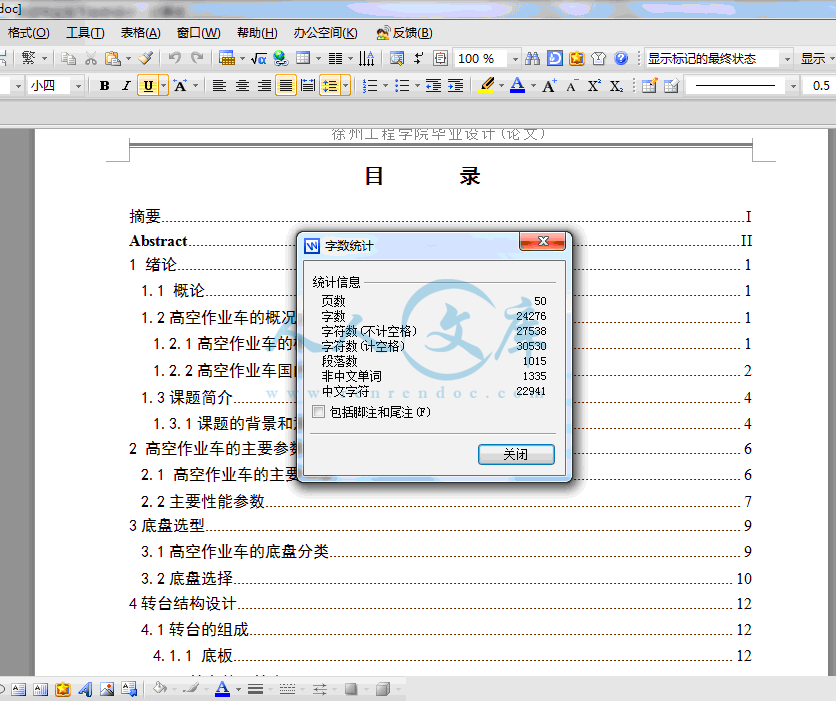
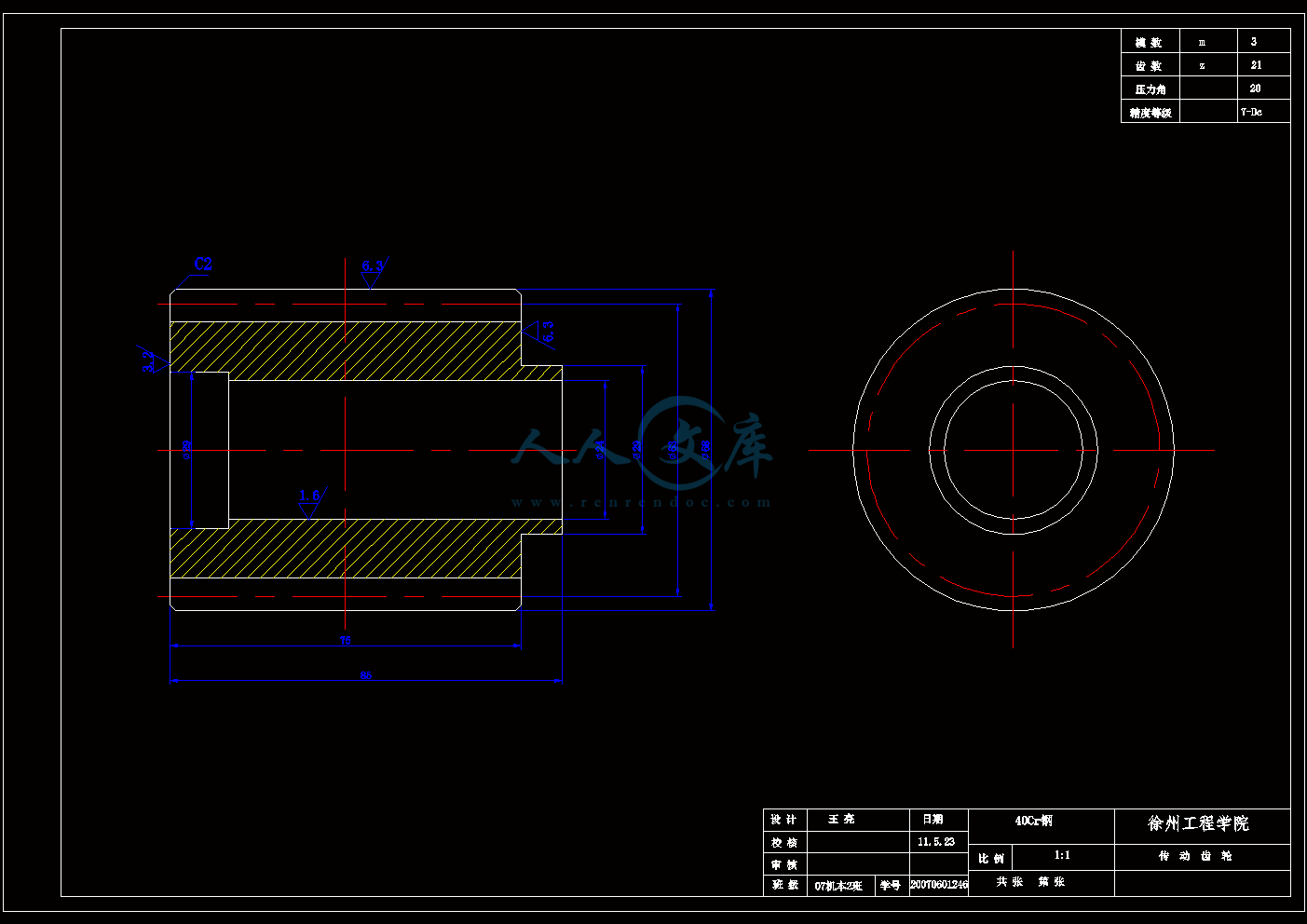
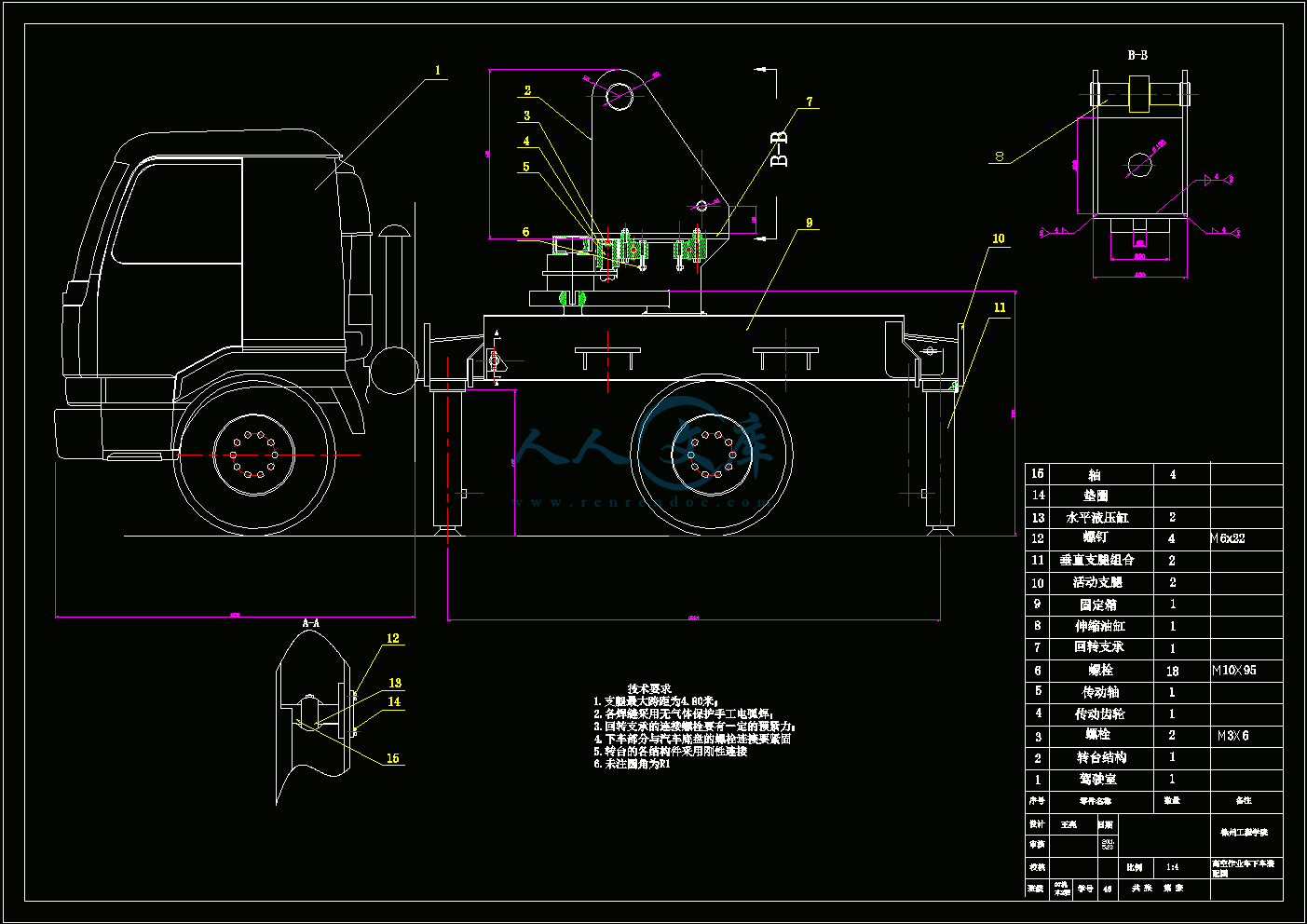
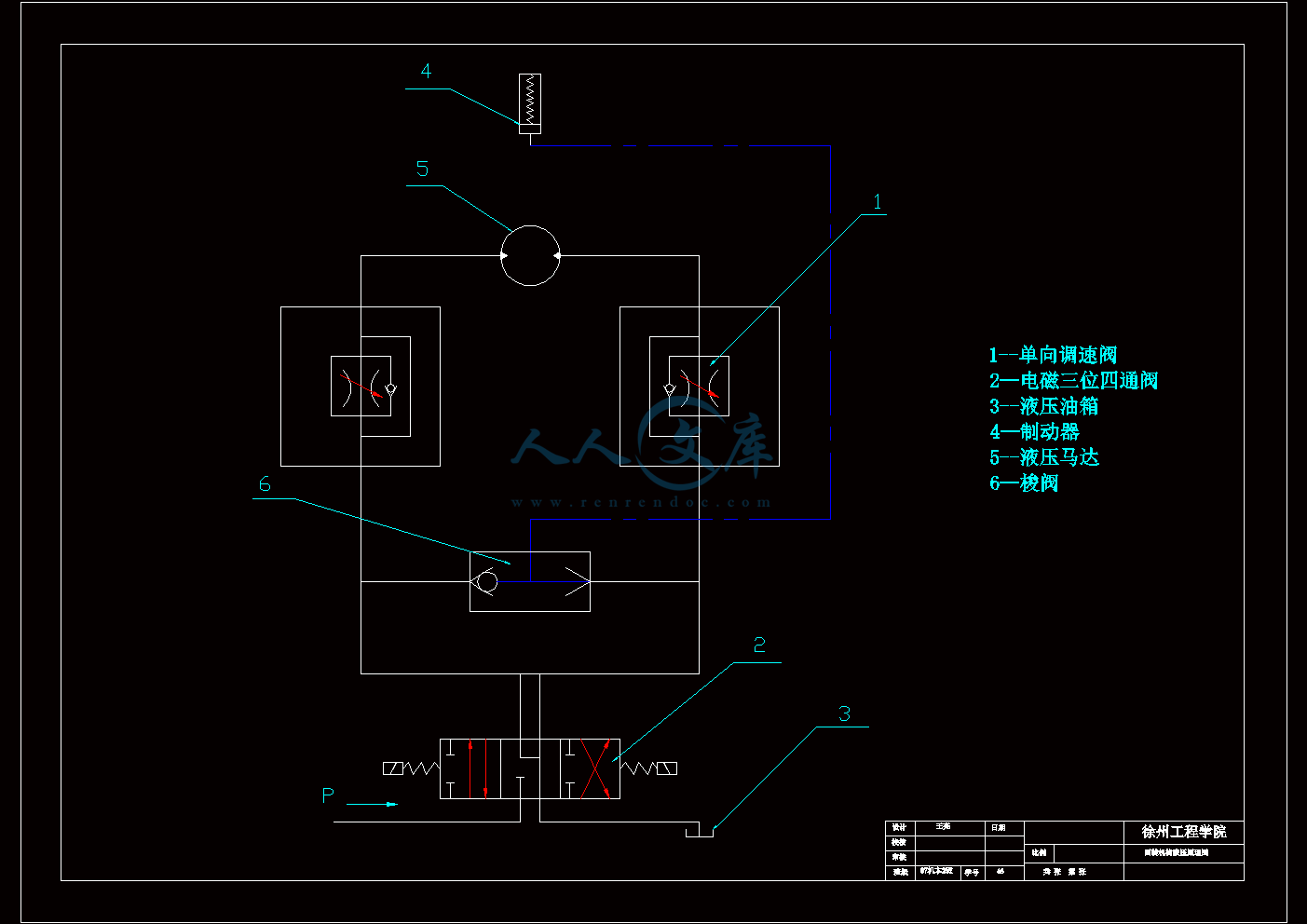

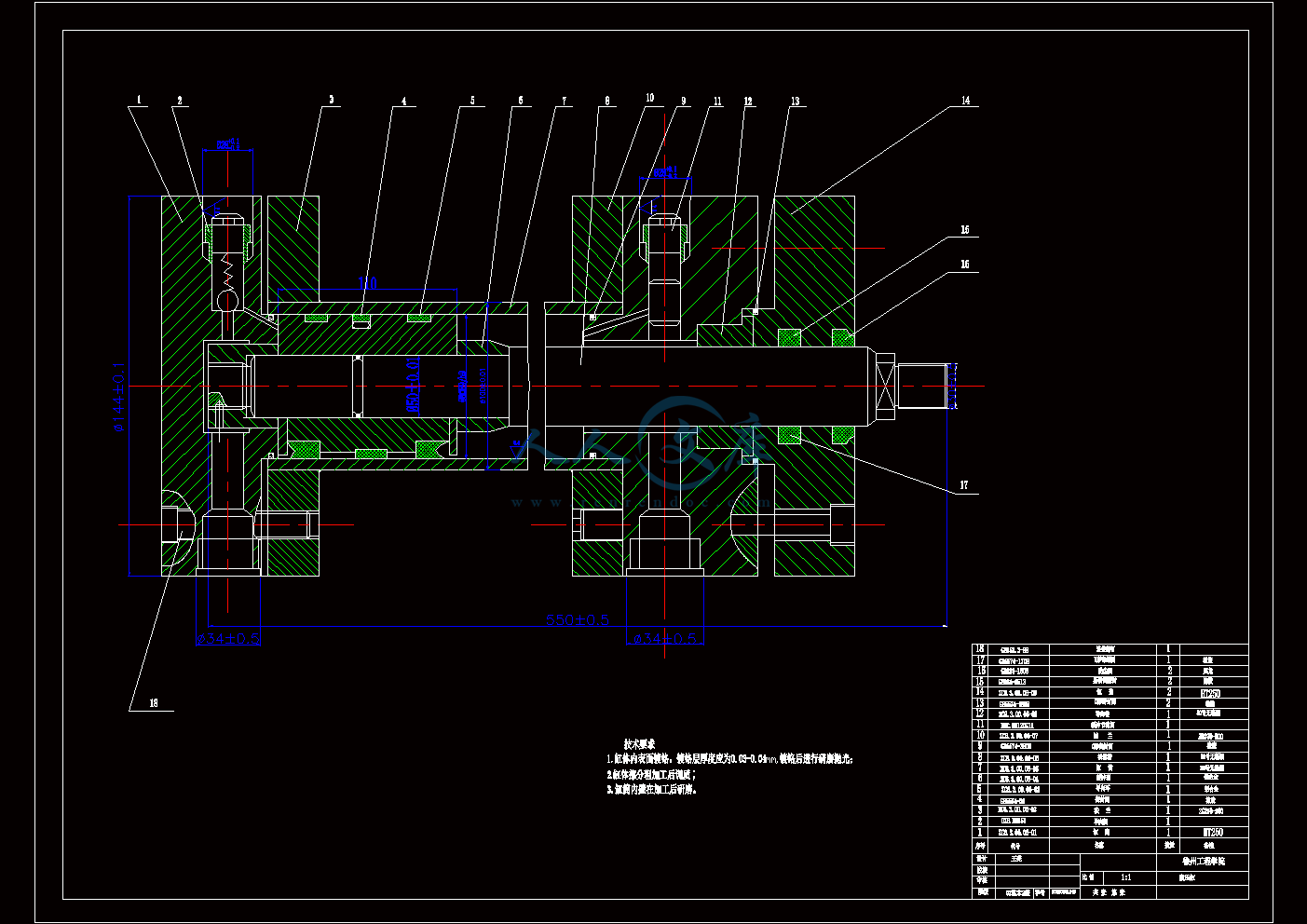
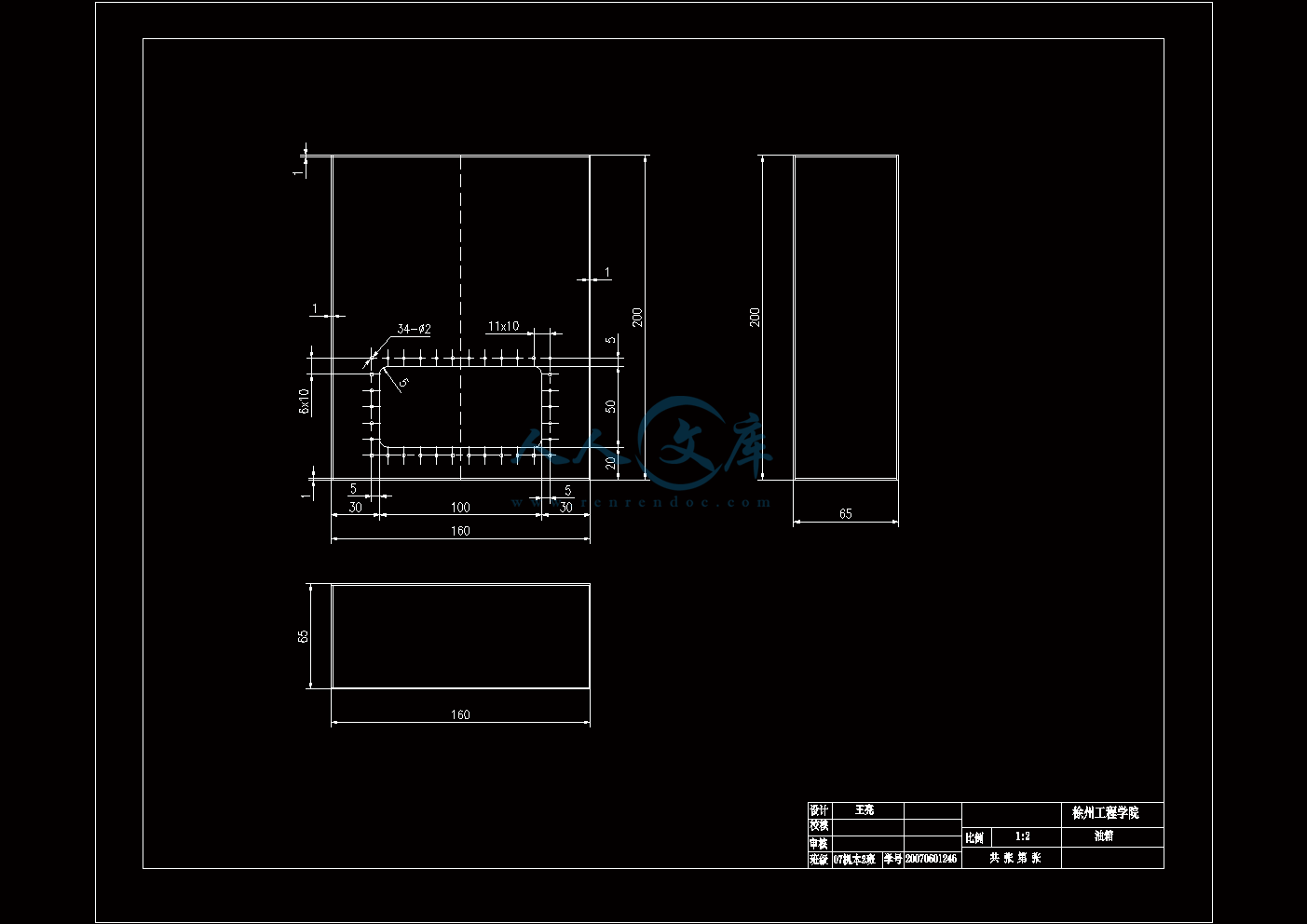
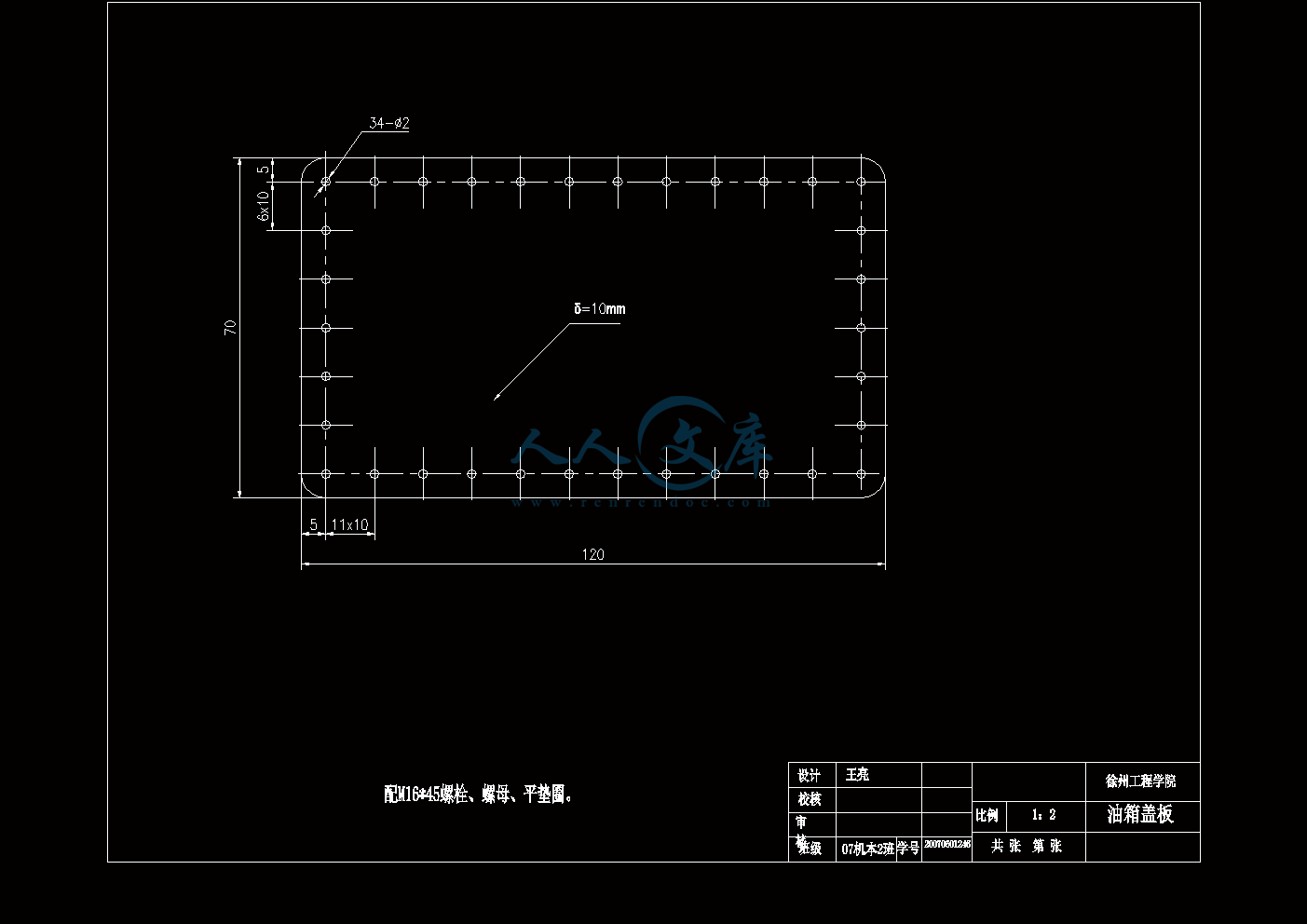

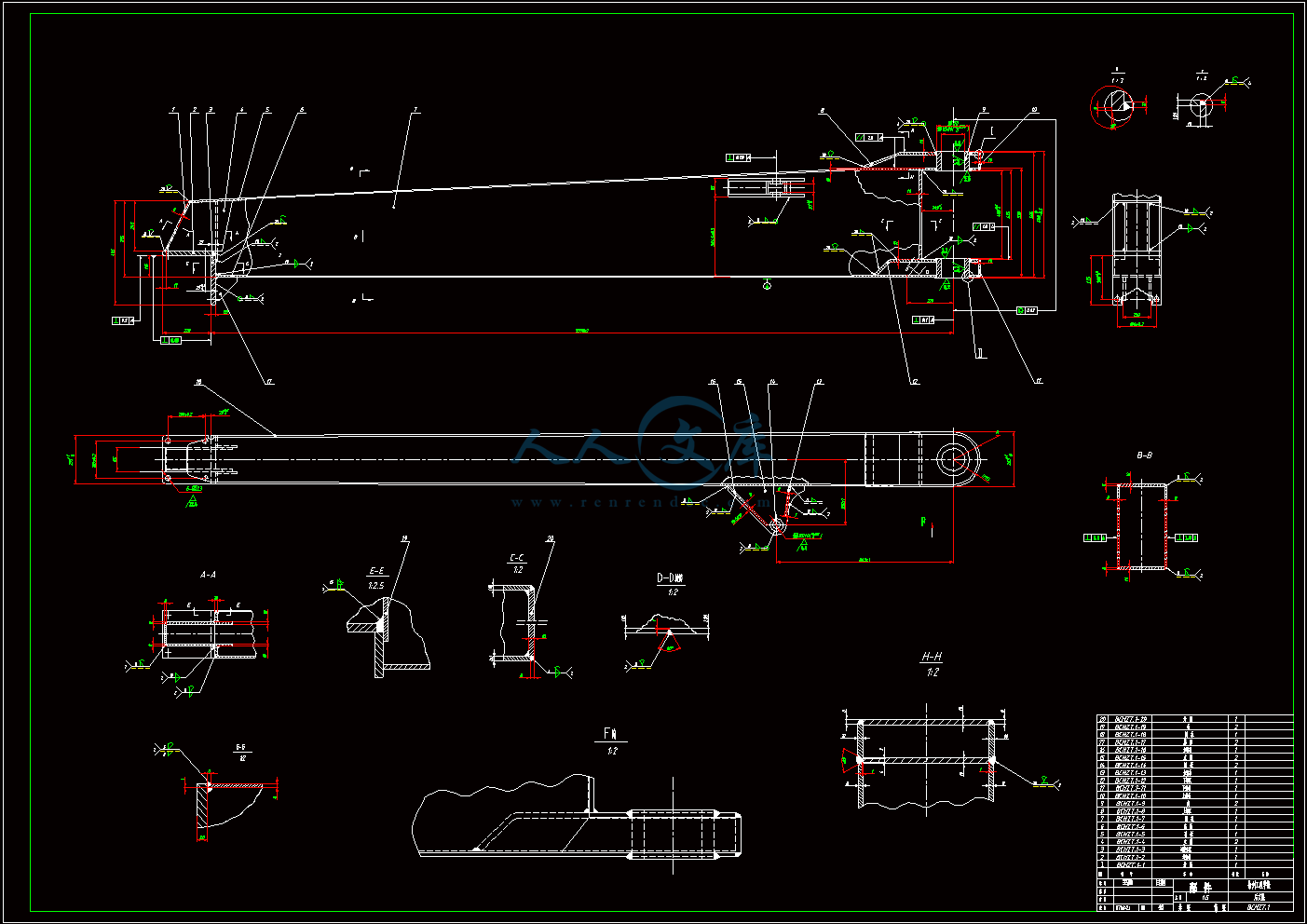
目录
摘要I
AbstractII
1 绪论1
1.1 概论1
1.2高空作业车的概况及市场的发展水平和前景1
1.2.1高空作业车的概况1
1.2.2高空作业车国内外的发展状况2
1.3课题简介4
1.3.1课题的背景和意义4
2 高空作业车的主要参数和构造6
2.1 高空作业车的主要构造6
2.2主要性能参数7
3底盘选型9
3.1高空作业车的底盘分类9
3.2底盘选择10
4转台结构设计12
4.1转台的组成12
4.1.1 底板12
4.1.2 转台的回转支承12
4.1.3传动齿轮15
4.1.4转台结构15
4.2回转支承装置的计算与选用16
4.2.1高空作业车的工况分析16
4.2.2转盘式回转支承装置的计算17
4.2.3按承载能力曲线选取合适的回转支承型号18
4.2.4选择传动齿轮18
4.2.5回转机构液压马达的设计21
5车架及支腿的选择设计与计算24
5.1副车架的结构分析24
5.1.1 几何约定将副车架的受力几何模型简化24
5.1.2 外载荷条件24
5.1.3副车架双纵梁门框结构的静力学计算24
5.2支腿的分类25
5.3支腿的受力分析25
5.4支腿的截面计算26
6液压系统的设计及液压元件的选择27
6.1液压系统类型27
6.1.1开式和闭式系统27
6.2液压控制系统27
6.2.1定量系统28
6.2.2变量系统28
6.3高空作业车下车的液压系统设计28
6.3.1各机构油路的组成及其特点28
6.3.2液压系统压力选择29
6.3.3液压回路设计29
6.4液压缸的选择31
6.4.1缸体与缸盖连接结构31
6.4.2活塞与活塞杆连接结构31
6.4.3活塞杆头部结构31
6.4.4导向套结构31
6.4.5密封与防尘结构32
6.4.6缓冲结构32
6.4.7液压缸的类型、主要材料及技术要求32
6.4.8垂直液压缸的选择33
6.4.10液压缸其他结构的设计37
6.5其他液压元件的选择37
6.5.1液压泵的选型与计算37
6.5.2阀的选择38
6.5.3 油箱的选择39
6.6液压系统主要性能验算39
6.6.1液压系统压力损失的验算39
6.6.2液压系统总效率的验算40
6.6.3液压系统发热温升的计算40
6.7液压油的性能要求41
结论42
致谢43
参考文献44
摘要
高空作业车广泛用于建筑、市政、机场、工厂、园林、住宅等场所,从事消防、抢险、救灾、安装、维护等工作。高空作业车是将高空作业人员和必要的工具送至空中,并提供
工作人员空中作业场所的机械。
本文首先介绍了高空作业车的现状,对高空作业车下车的各主要部分进行了分析和设计。主要包括了底盘的选型、回转机构的设计分析、支腿的设计、液压系统的设计以及液压元件的选择。本次设计的重点在于回转机构的设计与计算,回转机构采用液压马达,通过齿轮的啮合来实现转台的回转,支腿机构通过水平液压缸和垂直液压缸实现各支腿的收缩动作,采用并联控制系统实现各支腿的同时动作。
关键词 高空作业车;回转机构;液压系统
1 绪论
1.1 概论
在国家生产建设当中,大型的工程机械是不能缺少的技术设备,它在城市建设、交通运输、农田水利、能源开发和国防建设等各个方面都起着至关重要的作用。自从改革开放以后,国家加大了对基础设施的建设,以及引进了大量先进的国外技术设备、制造技术的,加速了整个工程机械行业的发展壮大。
高空作业车是一种用来运送工作人员和工作器材到达指定高度进行作业的工程机械。由于它具有安全可靠、机动灵活、操作简单等特点,因此在大型场馆、桥梁、港口海岸的检护;高层建筑的装饰、清洁与维护;通讯、供电及城市交通设施的安装与检修;影视作品的拍摄与现场直播;高空险境及近岸水面的脱困救生;树木的剪枝修整及药剂喷洒等方面被广泛地应用。
图1-1高空作业车在生活中的应用
1.2高空作业车的概况及市场的发展水平和前景
1.2.1高空作业车的概况
高空作业车用被称为高平台消防车,在市政、建筑、机场、电讯、工厂、住宅、园林
等场所被广泛应用,从事抢险救灾、消防、施工、安装、维护等工作。其中,最主要的一个功能就是让消防部门用于灭火、辅助灭火或消防救援。高空作业车是由将高空作业装置安装在汽车底盘上组成并用来运送工作人员和工作装备到指定高度进行作业的特种车辆。现在的高空作业装置具有自动调速、工作稳定、操作平顺、安全可靠等优点,极大地提高了空中作业的工作效率。
高空作业车按工作臂的型式,有四种基本型式(如图1-2),分别为:垂直升降式、折叠臂式、混合臂式和伸缩臂式。
垂直升降式高空作业车的升降机构只能在垂直方向上进行运动。它的主要特点是结构简单,承载能力强,但作业范围小,作业高度低,这种结构型式应用比较少。
折叠臂式高空作业车工作臂之间的连接全部采用铰接型式,所以国外又把它叫做铰接式高空作业车。折叠臂高空作业车结构适合于较低作业高度的车型,如要加大作业高度,必然要增加臂长或增加工作臂数量,增加臂长会使作业车体积庞大,降低灵活性;增加工作臂数量会造成操作繁琐,安全性降低。
伸缩臂式的高空作业车在行驶状态时,工作臂缩回套叠,工作时伸出,可以有效增大作业高度,同时具有工作效率高、操作简单、动作平稳等特点。
混合臂式高空作业车工作臂之间既有铰接,也有伸缩,是折叠臂式和伸缩臂式高空作业车的结合,它综合了两种结构型式的优点,工作性能最好,但结构也最为复杂。
高空作业车是利用汽车底盘作为行走机构,具有汽车的行驶通过性能,灵活机动,行
驶速度高,可以快速在转移到作业场地后迅速投入,是近几年来发展最快的一种国内专用
汽车产品。高空作业车这类高空作业器械是以工程起重机械为基础而发展起来的,高作业
设备广泛应用在建筑、消防、维护等行业。随着越来越高的作业高度,高空作业车振动所导致的大幅度摆动,定位的准确性受到了严重的影响,降低了工作效率,加之高空摆动给人的安全感极差,使得设备的宜人性也降低了,从而间接影响工作效率。因此针对高空作业车的动力系统研究有及其重要的意义。
 川公网安备: 51019002004831号
川公网安备: 51019002004831号